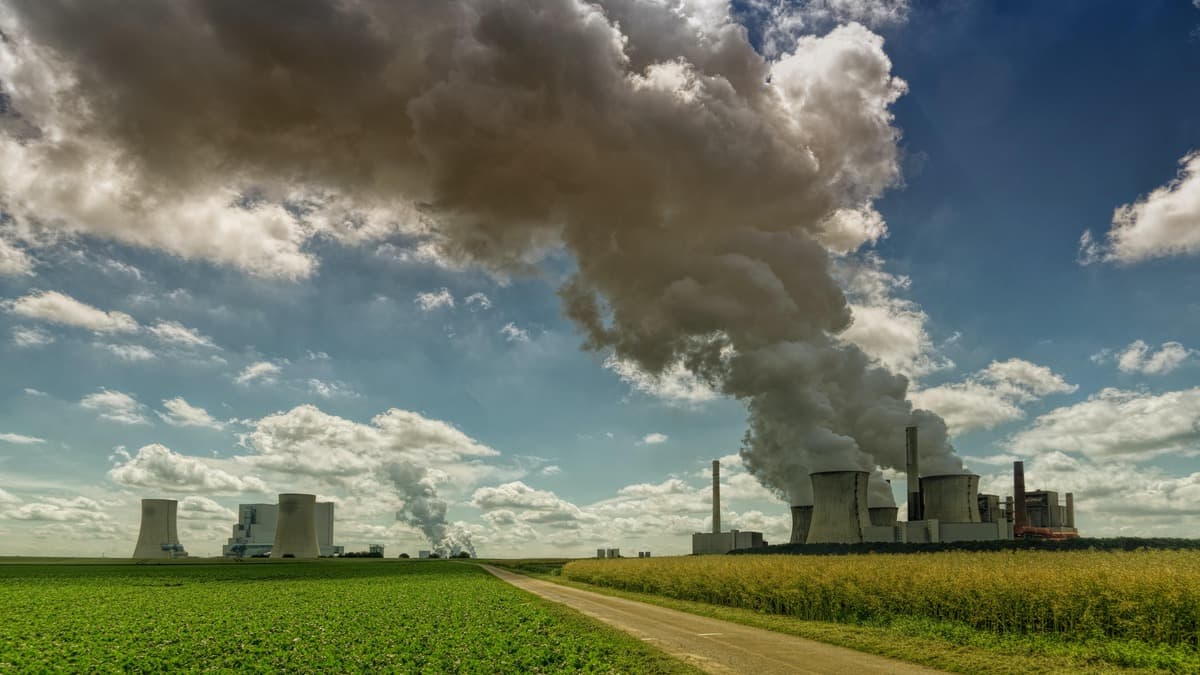Last week, Australia passed its first significant climate legislation in more than ten years, establishing legally binding targets to reduce emissions further.
The Climate Change Bill mandates a 43 per cent reduction in carbon dioxide emissions from 2005 levels by 2030, up from the previous administration’s target of 26 to 28 per cent.
Australia will have mandatory climate targets under the legislation, which the Senate approved with a vote of 37 to 30, and Climate Minister Chris Bowen will be required to report annually to parliament on the government’s progress on emissions.
Experts believe that many details remain hidden about Australia’s plans to reduce carbon pollution. For instance, in mining and resources companies, the uncertainty in policy and regulation is high and increasing.
As of November 2021, the Australia Institute identified 44 new gas and oil projects and 72 new coal projects in the planning stages. It predicted that if fully utilised, these would produce 200 coal power plants’ worth of CO2 emissions annually or 1.7 billion tonnes.
Australia’s carbon credit programme is now being reviewed, and the Climate Change Authority just published a study on how Australia’s carbon markets ought to connect with international systems.
Rob Fowler, a Partner in the Energy Transition practice at Partners in Performance, believes that the real work in transitioning to renewable sources of energy has just begun.
“Australia is waking up to the challenges and the opportunities of rapidly reducing carbon emissions across the economy. And once again, Australia’s high-carbon companies are dancing with the policy wonks and bureaucrats to chart a path forward. Many of us have been here before.”
“Australia would remain on track to reach net zero emissions by 2050 because of the enhanced pace of carbon reductions. The faster rate of decarbonisation will present several difficulties in a country where fossil fuels produced 67 per cent of the electricity in 2021 and renewable sources made up 32.5 per cent. Rob adds that a few crucial components are different this time as Australia attempts to end the long-running carbon warfare.
The first difference is that investors will actually care in 2022. They put significant pressure on boards and management to explain and implement their decarbonisation strategies.
Technology is the second significant distinction. It really has a positive net present value (NPV) to replace diesel or fuel generators on a mining site with a sizable hybrid wind-solar-storage solution. Thirdly, Australia possesses the knowledge to accelerate the transition at a lower cost than we initially anticipated.
“A critical aspect of the decarbonisation challenge includes what is known as basic chemicals — ammonia, fertilisers, and explosives, all of which are crucial inputs to our economies and food systems. Key producers of these basic chemicals are exploring how the enormous investments already made in these value chains can be leveraged in a decarbonised world,” Rob says.
“They are asking how their feedstocks and carbon emissions can be changed and transitioned while demand for these important chemicals increases rapidly.
“While these fundamental changes roll through capital expenditure programs of the chemicals sector, there is a growing demand for ‘carbon neutral’ cargoes,” Rob adds.
“Everything from LNG, to ethylene, to metallurgical coal has been delivered to customers in East Asia with carbon offsets stapled to the physical products. If this trend continues, there will be massive demand for carbon offsets to meet the needs of traders, and customers, in these new types of commodity trades.”
New opportunities
Earlier, in order to remedy the “broken” environmental regulations in the country, the Greens have proposed a climate trigger. The proposal would prohibit new fossil fuel developments emitting more than 100,000 tonnes of carbon dioxide from receiving environmental approval.
It also establishes a cut-off point for projects that emit between 25,000 and 100,000 tonnes of carbon annually to be subject to environmental reviews. While the party would support the government’s emissions measure in the legislature, according to Greens leader Adam Bandt, more needed to be done, like its climate trigger legislation.
“As the world comes together in Glasgow to fight climate change, Australia is putting its foot on the accelerator and doubling down on fossil fuel expansion,” Richie Merzian, Climate & Energy Program Director at the Australia Institute, said in a statement last year.
“The Australian Government is aggressively pursuing a huge expansion of coal and gas projects, equivalent to over 200 new coal power stations. To point to China is disingenuous; Australia’s planned gas and coal expansion would be four times the amount of new coal power stations planned by China and almost double the carbon footprint of global aviation.
“This scorched earth policy has exposed Australia’s net zero 2050 plan as a fraud. Australia cannot claim to be acting on climate change while simultaneously expanding fossil fuel projects.”
Meanwhile, Rob notes that reusing and repurposing existing power grid infrastructure will be critical to meeting Australia’s ambitious target. This includes retaining and leveraging the existing electricity infrastructure in coal-fired power complexes across the Latrobe Valley, Hunter, Illawarra and Collie regions.
“With just 87 months until 2030 begins, Australia has an enormous amount of work to do and a huge dose of uncertainty to digest,” added Rob.
“The sooner we combine and deploy the finance, technology and smarts at our disposal, the sooner we will truly see the green mining, green metals and green basic chemicals that our ‘Net Zero future’ undoubtedly demands.”
For more information on Partners in Performance’s solutions, visit pip.global.
Keep up to date with our stories on LinkedIn, Twitter, Facebook and Instagram.

